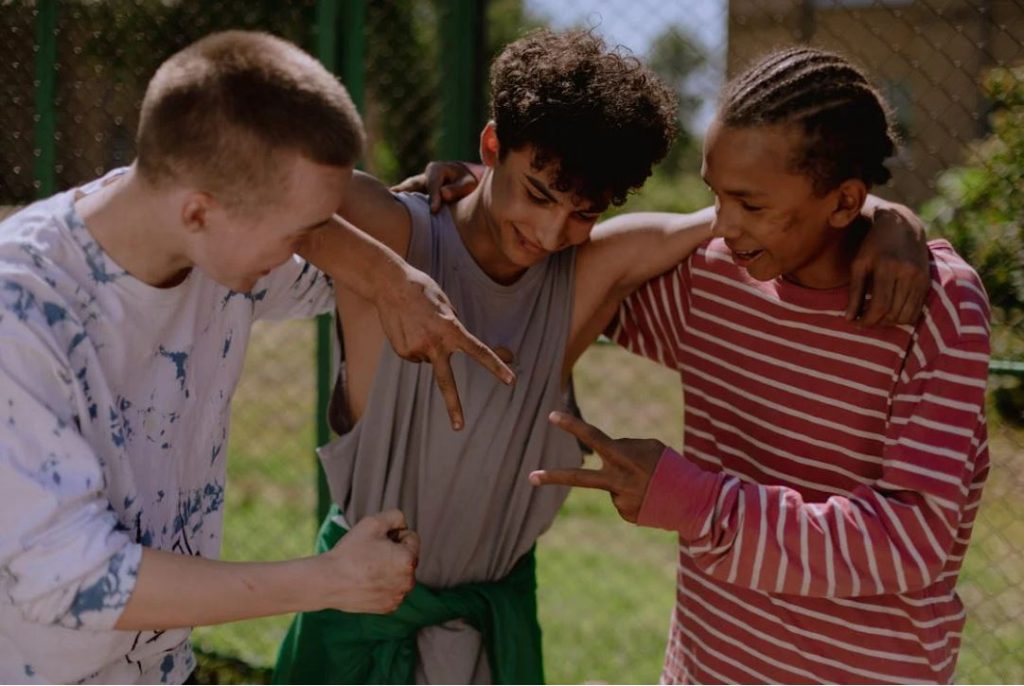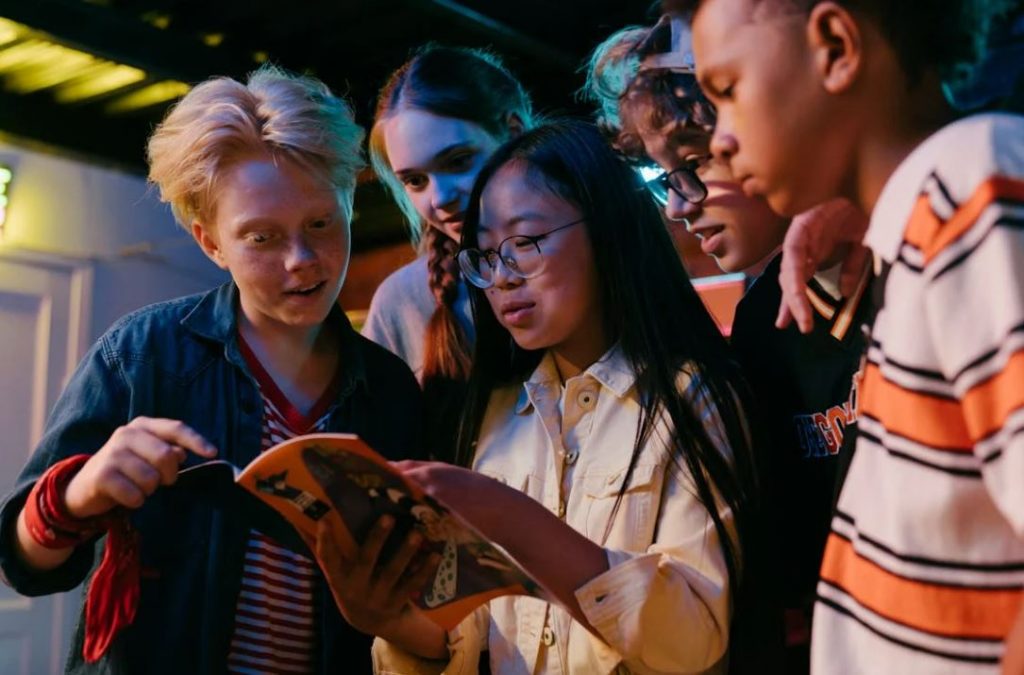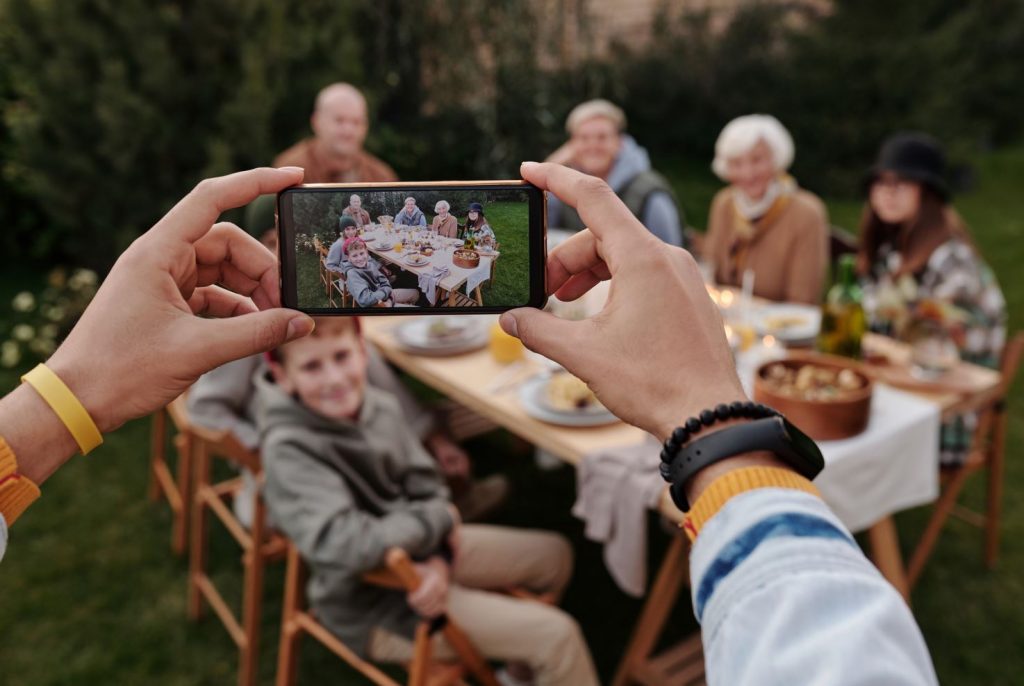The Digital Youth Club – The Meeting Between the Welfare State and Gaming Culture
Karolin Moberg
Youth and Their Digital Lives
Youth are increasingly living their lives on digital platforms, and gaming culture has become a significant part of the upbringing of children and teenagers in the Norwegian welfare state. Access to technological communication and digital arenas has become a natural part of growing up and is necessary for participating in social interactions with other children and young people.
Gaming is the most popular leisure activity among Norwegian children and teenagers (Medietilsynet 2022) and is described by the youth themselves as an arena free from adult-controlled activities (Moberg og Vogt 2022). In 2022, 92 percent of Norwegian boys and 59 percent of girls between the ages of 9-18 played video games. Gaming is more than just entertainment; it also offers opportunities for social interaction through platforms like Discord. Here, youth gather to play, chat, and share interests. This interplay between gaming and communication platforms like Discord forms what we can call the «gaming arena.»

Inclusivity and Exclusion in Gaming
At first glance, gaming can be described as an inclusive activity since everyone starts with the same prerequisites and must follow the same rules. However, there are disparities outside of the games that can act as limiting and excluding factors for some players. Studies show that female gamers often face different expectations and reactions (often negative) compared to men (Arneberg og Hegna 2018). There are numerous stories in both media and research about girls who experience harassment while gaming.
Economy can also be a limiting factor for some youth, as gaming equipment can be expensive and inaccessible for certain groups. Ensuring that all children and young people have the same preconditions and opportunities to play video games is a public and social policy issue in an era where digitalization is becoming increasingly important, and gaming is increasingly seen as valuable competence by many employers. Youth clubs, community centers, and similar open meeting places for youth have the potential to create democratizing and inclusive arenas, with trustworthy adults, where digital and physical meeting places merge. These are the types of meeting places I will be investigating in this project.

In recent years, several public actors have used video games to connect with children and young people. Video games and E-sports have also become an important part of the offerings at Norwegian youth clubs, sports teams, and cultural schools. Since youth involvement, initiative, and desires are core values in Norwegian youth clubs, digital activities have increasingly become common at the clubs based on the youths’ own wishes.
In “Ungdom og fritids” strategy for 2023-2025, digital culture is one of four main goals – focusing on digital youth work that can bridge the gap between digital and physical offerings to recruit children and young people at risk of social exclusion. The basis for the «Digital Leisure for All» project is that youth clubs can help create a safer gaming environment by establishing their own gaming arenas with trusted youth workers. To better understand the potential of youth clubs in creating safe digital meeting places, we need to learn more about youth culture within the gaming arena and the youths’ own thoughts and reflections on both the positive and more problematic aspects of this arena. This knowledge can form the foundation for future social policies and method development in social work.

The Research Project
Therefor the overarching research question for this Ph.D. project is to «highlight the potential for gaming as an inclusion arena in youth.» This question will be explored by examining how young people understand, shape, and are shaped by gaming as a social arena within the framework of the Norwegian youth clubs.
The Ph.D. project is concretely linked to «Digital Leisure for All,» a development project by Ungdom og Fritid. In this project, five pilot youth clubs will test various methods for increased inclusion, better cohesion, and improved mental health for young gamers. Four of the pilot clubs offer physical activities at the clubs and digital activities on Discord, while one pilot club is entirely digital. The ambition is for digital youth work to bridge the gap between digital and physical offerings to recruit children and young people at risk of physical and digital exclusion.
Methodology
The Ph.D. project will be based on physical and digital fieldwork and interviews with young people. The goal is to better understand the youths’ digital communication, communities, and the challenges they face related to gaming culture. The data will shed light on how the youths’ relationship with gaming is shaped by various social factors, such as parental mediation and peer thoughts about the activity.
By delving into these aspects, the project aims to provide valuable insights that can inform future social policies and methods in social work, ultimately contributing to a safer and more inclusive digital upbringing for all children and young people.

Kilder
Arneberg, Edda J., og Kristinn Hegna. 2018. «Virtuelle grenseutfordringer». Norsk sosiologisk tidsskrift 2(3):259–74. doi: 10.18261/issn.2535-2512-2018-03-05.
Medietilsynet. 2022. «Spillfrelste tenåringsgutter og jenter som faller fra».
Moberg, Karolin Elisabeth, og Kristoffer Chelsom Vogt. 2022. «Gutters tidsbruk på dataspill og skolearbeid». Nordisk tidsskrift for ungdomsforskning 3(2):171–89. doi: 10.18261/ntu.3.2.3.
Author’s bio
Karolin Moberg is a Ph.D. candidate in social sciences at OsloMet. She is affiliated with the youth section at NOVA and conducts research on digital youth culture. In her doctoral project, she will examine the potential of video games as an arena for inclusion during adolescence, within the framework of Norwegian youth clubs.













